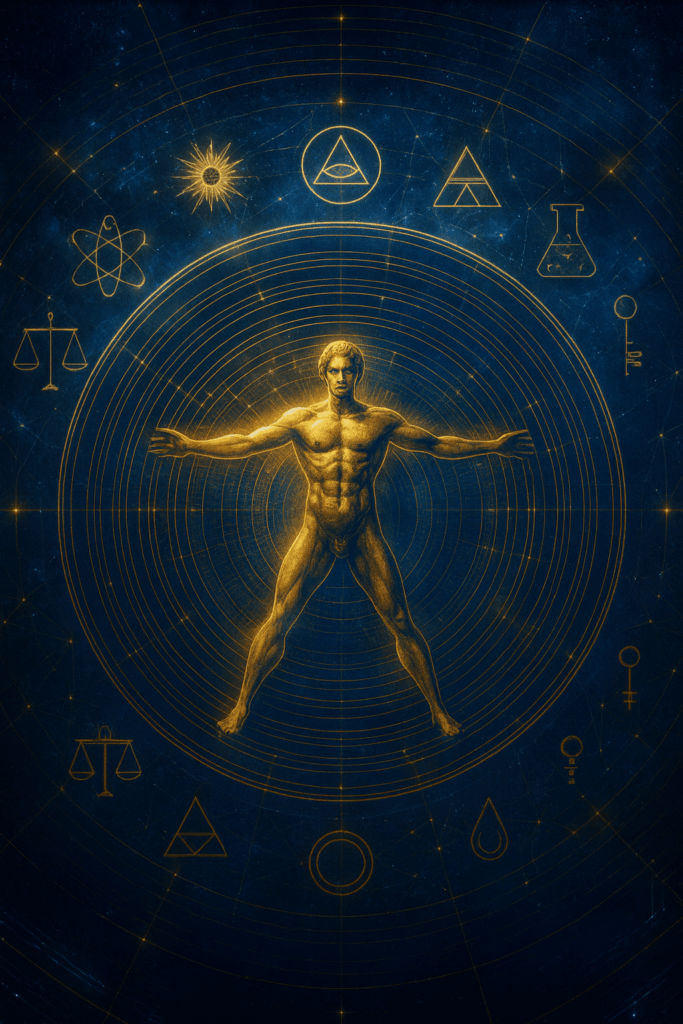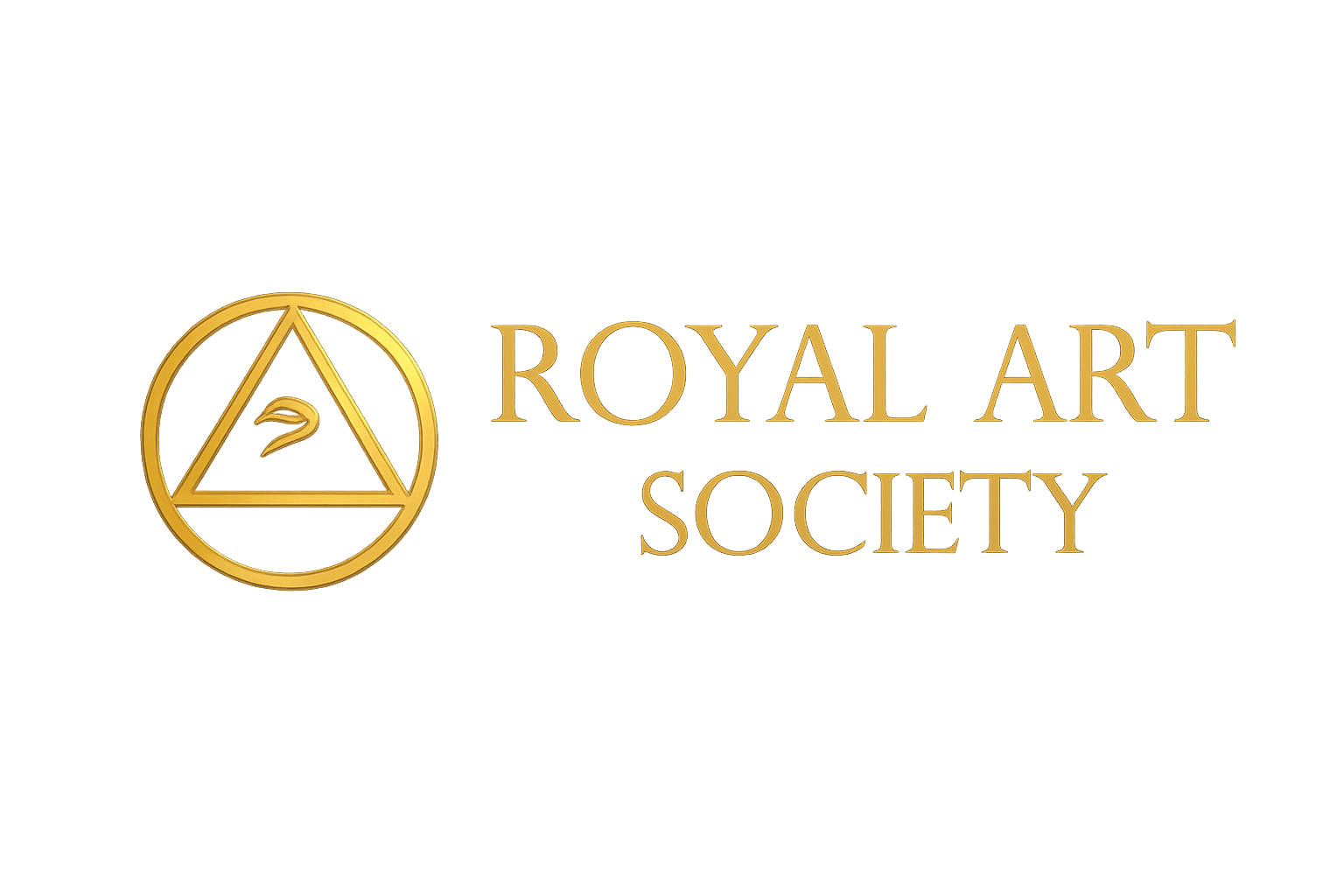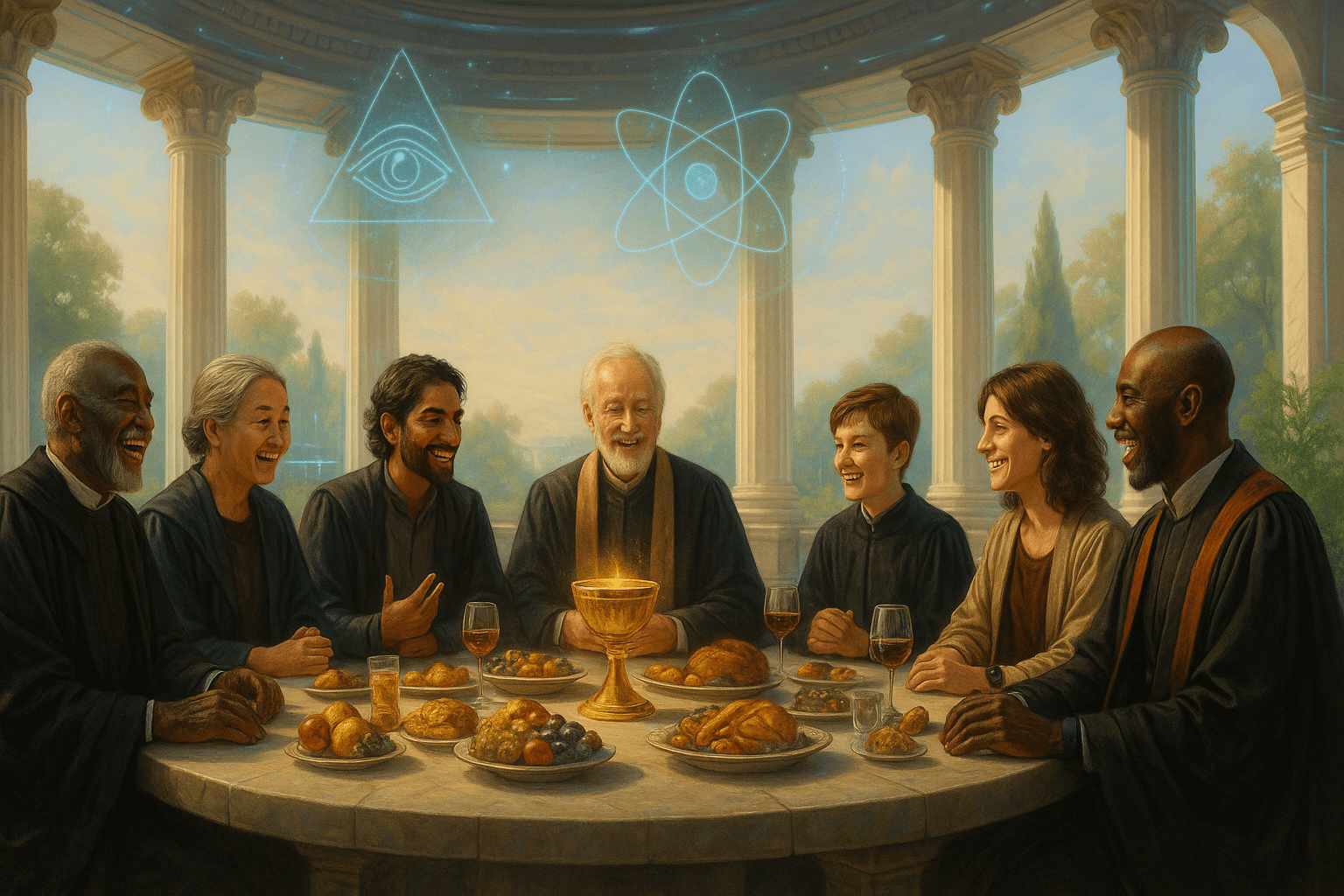
Our Mission
The Royal Art Society is a fellowship united by a shared curriculum of evidence-based research, symbolic alchemy, and illumination meditation. Our central textbook—the online Book of the Royal Art (also called the Journal)—is organized into three progressive grades and serves as both guide and record of our collective work.
GRADES AND CURRICULUM →
Our purpose is to cultivate a secular, global community dedicated to studying, teaching, and practicing symbolic alchemy and meditation. In daily life this translates into a commitment to advancing universal health, economic well-being, holistic education, and human rights as essential conditions for the success of the Royal Art and the flourishing of human civilization.
From the beginning, we established a simple but absolute principle: no exclusionary policy shall apply. We make no distinctions between married, unmarried, divorced, or widowed; healthy or afflicted; youth or aged; free or imprisoned. We do not discriminate on the basis of place of birth, language, race, ethnicity, religion, political orientation, or economic status. No one shall be excluded for reasons of gender, gender identity, sexual orientation, or any other distinguishing feature.
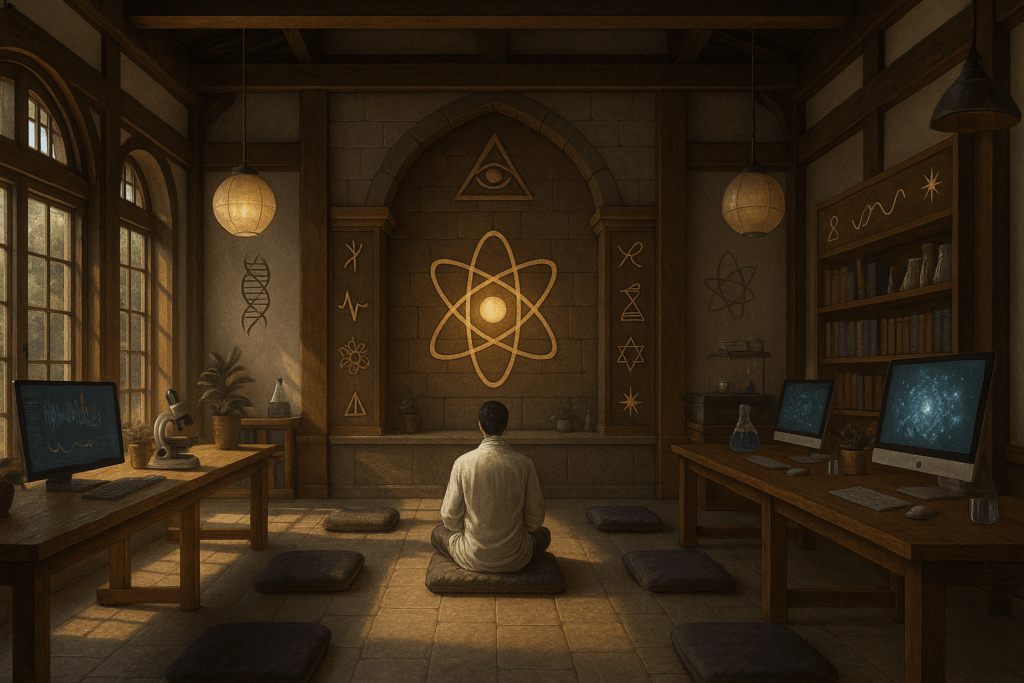
Alchemists of the Royal Art come from all walks of life—business professionals, scientists, physicians, attorneys, military personnel, artists, teachers, environmentalists, human rights advocates, philosophers, theologians, students, laborers, and mystics. What unites us is not background but purpose: the pursuit of illumination through symbolic alchemy.
The Society’s practice of symbolic alchemy is syncretic and scientific. We draw from the great traditions of East and West, distilling only their universal elements, and subjecting them to experiment and observation. Our rites are not superstition but guided meditations—tested, efficient, and minimalist—designed to foster clarity, contemplation, and enlightenment.
In this way, the Royal Art Society provides a forum of common ground: a global order of seekers bound together in reason, compassion, and the Great Work of transformation.
(REGISTER AND COMPLETE THE INVESTITURE)
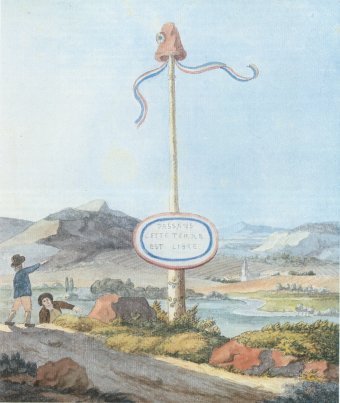
The Rite of the Royal Art
The Rite of the Royal Art is the heart of the Society’s curriculum. It is a quasi-Masonic rite: a ceremonial system of symbolic initiation inspired by the traditions of Freemasonry, yet independent of it.
A quasi-Masonic rite refers to the ceremonial or ritualistic practices of an organization that imitates, adapts, or is in dialogue with Freemasonry but is not officially recognized as part of the Masonic Order. Such rites—sometimes called “fraternal orders”—often employ rituals, symbols, and degrees similar to those of Freemasonry to address the same sociological needs: community, moral development, intellectual growth, and the pursuit of wisdom.
The Royal Art Society consists of the members of this Rite. To belong to the Society is to participate in the Rite—whether as a Candidate, Apprentice, Alchemist, or Illuminatus. Members are bound not by dogma or exclusionary policies, but by shared participation in the Great Work of symbolic alchemy: the transformation of ignorance into knowledge, discord into harmony, and isolation into fellowship.

The Rite is at once traditional and experimental. It draws on the heritage of the Western Mystery Tradition—Hermeticism, Rosicrucianism, Freemasonry—while incorporating insights from Eastern systems of meditation, modern psychology, and contemporary science. Its ceremonies are not ends in themselves but vehicles of meditation, visualization, and ethical formation.
In this way, the Rite of the Royal Art is more than a ritual—it is a living curriculum of Integrated Humanism. It offers seekers a structured path of initiation, meditation, and illumination while preserving the timeless functions of fraternal orders: cultivating personal growth, building community, and promoting service to humanity.
Experimental Alchemy of the Royal Art Society
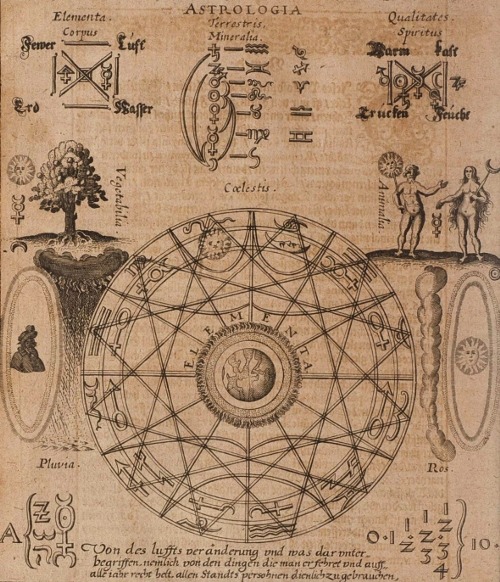
Symbolic Alchemy
The Royal Art, known technically as symbolic alchemy, is the eternal art of transformation. It is called royal because it aspires to be the supreme profession: uniting the philosophy of nature, the art of life, and the science of governance. In illumined circles, it is sometimes described as the art of doing nothing—for its deepest wisdom arises in stillness.
Historically, alchemy is defined as the attempt to transmute base metals such as lead or iron into noble metals like silver and gold. The legendary quest for the Philosopher’s Stone—the pill, powder, or elixir that could transform all it touched—was less about metallurgy than it was a metaphor. It symbolizes the science of refining the dross of ordinary existence into health, empowerment, and illumination: the alchemical Holy Grail.
Across cultures, two main interpretations of alchemy emerged. In both Chinese Daoist practice and the Western Royal Art, these were known as external alchemy (waidan) and internal alchemy (neidan). External alchemy was literal: the preparation and consumption of herbal recipes, elixirs, and potions intended to prolong life or even secure physical immortality.
Internal alchemy, by contrast, is symbolic and psychological. It is a path of meditative cultivation, aiming at the transformation of consciousness rather than metals. As later echoed in the analytical psychology of C. G. Jung, internal alchemy functions as a form of therapy and self-realization. It combines moral discipline, a balanced diet, and specialized exercises to refine and purify the spirit—sometimes described as quintessence or life-force.
The practice of symbolic alchemy often includes breath control, meditation, visualization, moderation of desire, and physical exercises. These methods do not aim at immortality in a literal sense, but they do nurture clarity, resilience, and longevity as natural byproducts. Their true goal is the elevation of the human mind and spirit into harmony with the greater order of existence.
In this way, symbolic alchemy is not superstition but a secular discipline—a practical path of health, wisdom, and civic responsibility—fully aligned with the principles of Integrated Humanism.
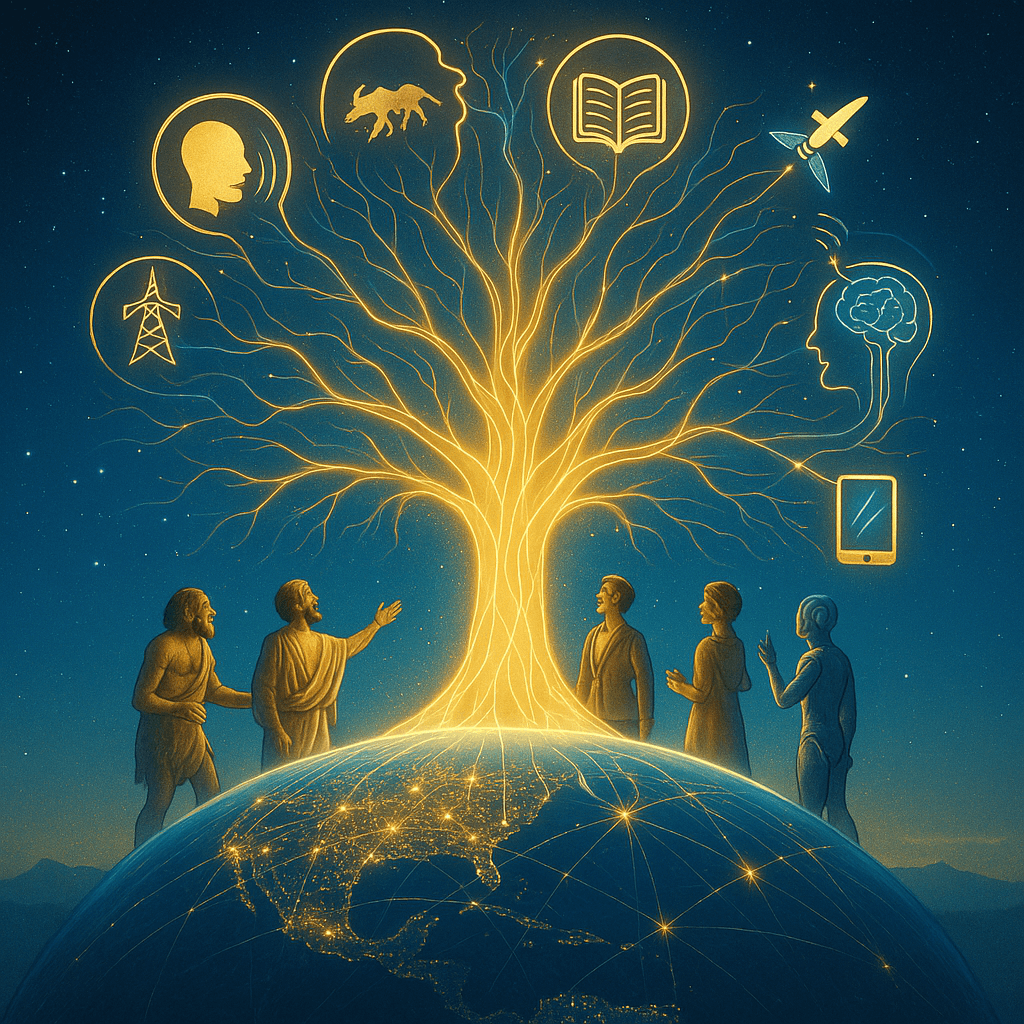
The Royal Art and Modern Science
Throughout history, the blending of chemistry with mystical speculation has too often produced the superfluous, the fantastical, the superstitious, and the fraudulent. Yet from this mixture also emerged two great legacies. Operative alchemy—what we would now call practical chemistry—laid the foundations of modern science. Speculative or symbolic alchemy inspired the magicians of the Renaissance and their heirs: the Rosicrucians, the Freemasons, and other branches of the Western Mystery Tradition.
For symbolic alchemy to remain effective, it must align with science. And for science to remain humane and meaningful, it must align with symbolic alchemy. This reciprocity was central to the Enlightenment—the Age of Reason—which not only advanced natural philosophy but also gave birth to the modern ideal of universal human rights.
Science, from the Latin scientia (“knowledge”), was once known simply as natural philosophy. It is a rational method of testing ideas through observation and experiment, predicting events within the order of the cosmos, and organizing those insights into a coherent body of literature.
Yet science alone is not a wisdom tradition. Without the integrative framework of the Royal Art, science risks becoming only a method of observation and analysis—vast in scope, but fragmented in application. Symbolic alchemy provides the missing dimension: a holistic philosophy of life that coordinates scientific knowledge into a living system of meaning, ethics, and human flourishing.
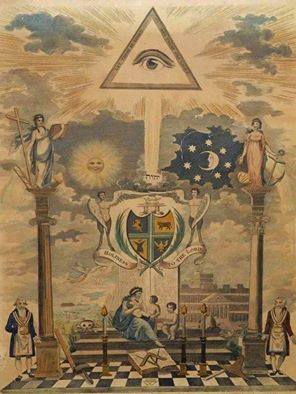
Traditions
The Royal Art Society is rooted in both the Western Mystery Tradition and the Eastern systems of meditation and inner cultivation.
Within the Western tradition, eight interconnected lineages form its foundation: the ancient Mysteries, Neoplatonism, Hermetic philosophy, symbolic alchemy, Kabbalah, Western ritual magic, Rosicrucianism, and Freemasonry with its related fraternal orders.
Each of these systems tells a similar story: the descent of unity into multiplicity and the possibility of return—of redeeming fragmentation through the recovery of original wholeness. This is expressed as the Hermetic Great Work, the Neoplatonic contemplation of the One, the Kabbalistic Tikkun or restoration, the highest aims of European magic, the Rosicrucian Art, and the contemplative meditation at the heart of Masonic Craft.
The same vision echoes in the East: the Samadhi of Vedic yoga, the nirvana of Buddhism, and the Daoist alchemical return to the Source.
The Royal Art Society claims a Western lineage beginning with Hermes Trismegistus and the early alchemists, continuing through the higher degrees of Freemasonry. Yet it also acknowledges its kinship with yogic, Daoist, taijiquan, and Zen Buddhist lineages. Its practice of inner alchemy, though articulated in Western symbolic language, is recognizably Daoist in spirit—honoring the syncretism it teaches.
Daoism, perhaps the closest parallel, is an ancient Chinese philosophy of mind cultivation and attunement to nature’s rhythms. The Daoist seeks mystical union with the Dao, the ineffable Way—the all-embracing One. By different names this truth is known elsewhere: the Godhead of Kabbalah, the nirvana of Buddhism, the Samadhi of yoga, or simply illumination.
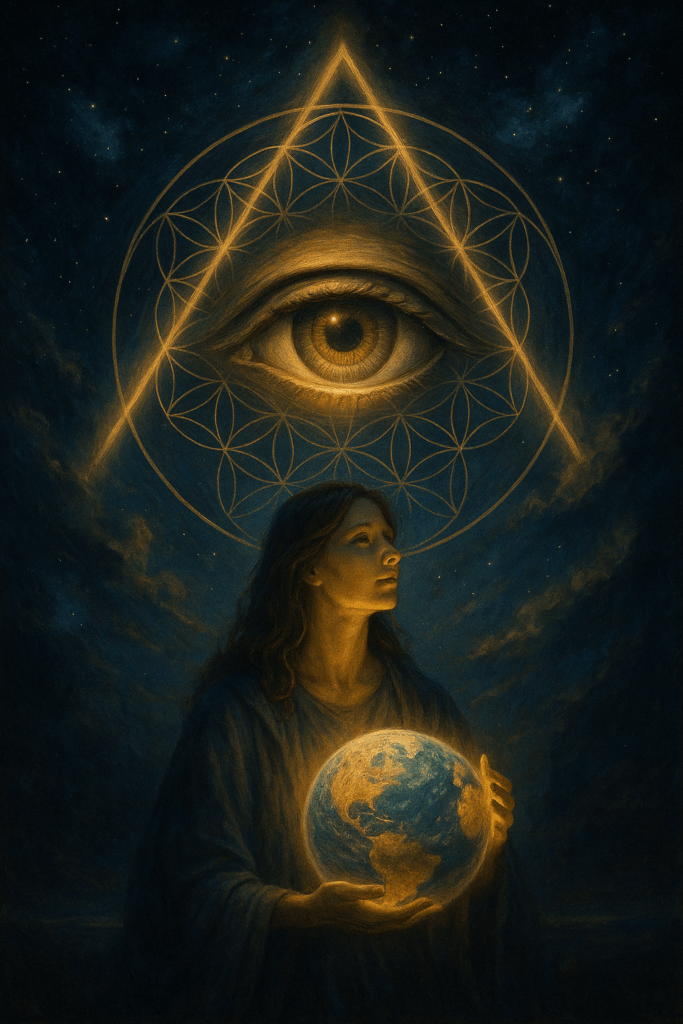
The Many Converging Into One
The Royal Art Society encourages each person to take pride in their heritage, their place in life, and their unique perspective. All are enriched through open and respectful dialogue. The alchemist values reason and practices the art of constructive debate—polite when possible, direct when necessary—never avoiding difficult questions, but meeting them with clarity and courage.
Freedom of belief and freedom of speech must be universally protected by law and upheld by culture. These freedoms require vigilance, for only when thinkers can speak honestly—even at the risk of disagreement or offense—can truth advance and communities grow stronger.
Today, the diverse traditions of alchemy converge in the Royal Art Society to form a school of holistic practice—a discipline essential to the wellbeing, and perhaps even the survival, of human civilization. Just as the brain serves as the center of intelligence within the body, the Royal Art aspires to become a center of intelligence for humanity and the Earth.
Politics, like the body, is an organic system. Its health or disorder must be understood through the sciences of biology, medicine, and ecology. The well-being of the political realm depends on the same principles that govern life itself.
The Royal Art is still in its early stages, and must continue to evolve as science advances. Its philosophy and rituals will grow with knowledge, adapting to new discoveries. The Book of the Royal Art is thus not a final authority but a landmark in an ongoing journey—a living text within the ever-changing system of global alchemy. Every sincere experimental alchemist contributes to this progress and may stand at the threshold of the next great milestone in human civilization and consciousness.
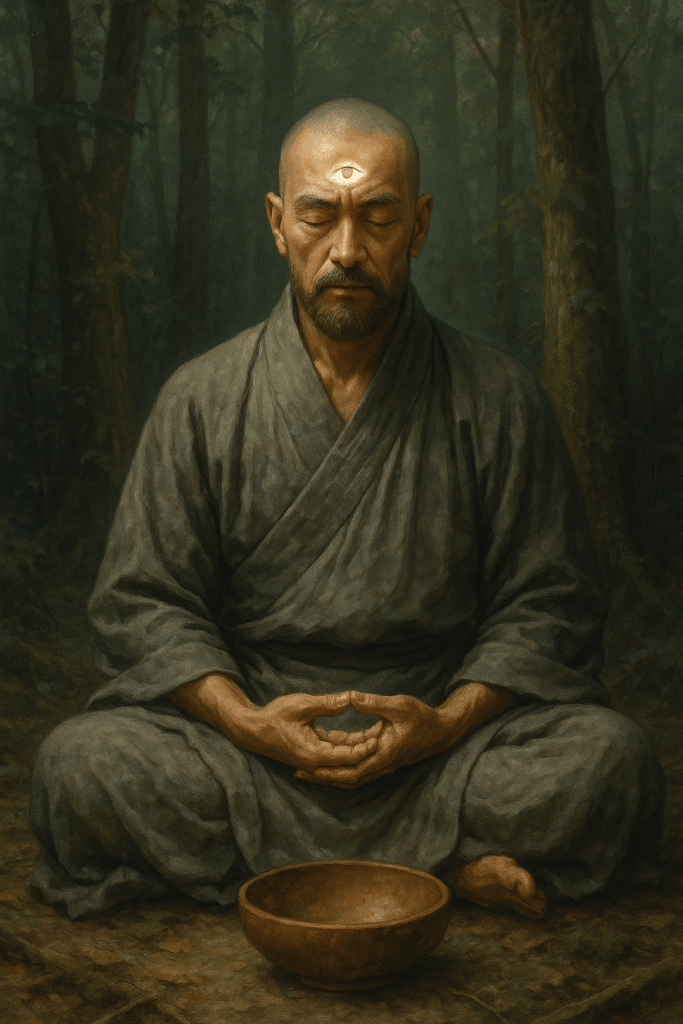
Meditation: Harnessing the Power of the Mind
The Royal Art, at its essence, is meditation. It does not require mastery of obscure terms or elaborate procedures. At its core, meditation is the practice of separating quintessence from matter, order from chaos, and then reuniting them into a state of harmony and balance. This is the heart of the alchemical motto Solve et Coagula—to dissolve and to join again. What is base is broken down; what is noble is reborn. Though ritual and symbolism may assist, the true transformation takes place entirely within the mind.
In this practice, the alchemist seeks to move beyond effort, bliss, or even self-awareness into a state of no-mind (Wu Nien in Chinese). No-mind is not emptiness in the sense of lifelessness, but the stillness of true self in pure form. Through disciplined yet relaxed visualization, the alchemist experiences the union of microcosm and macrocosm, a return of all things to the One.
The meditation of symbolic alchemy can be learned in less than an hour, yet its benefits are profound. It brings clarity and objectivity, relieves stress, and enhances satisfaction in daily life and work. Scientific studies suggest meditation supports a stronger immune system, better cardiovascular health, improved memory, healthier weight, and longer lifespan. It can also ease anxiety, depression, and relational conflict, contributing to overall well-being.
Alchemical meditation is not only preventive but therapeutic. It has been shown to reduce both physical and psychological pain—supporting not only healthy individuals but also those undergoing detoxification, chemotherapy, or post-surgical recovery.
Above all, the intelligent alchemist remains a skeptic—testing every claim, investigating a wide range of sources, and relying on evidence rather than superstition. The Royal Art Society exists to provide the resources and framework for this ongoing inquiry, offering meditation not as dogma, but as a scientific and humanist practice of self-cultivation.
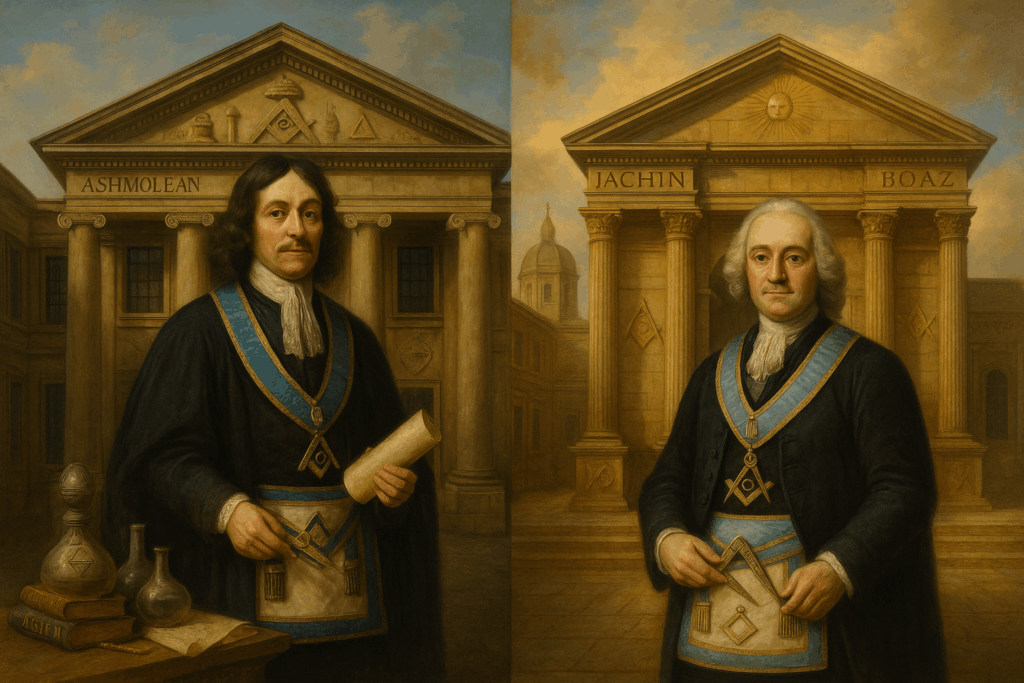
Founding History
The Royal Art Society was constituted on June 6, 2006 in Old Town Alexandria, Virginia, under no higher authority than the inspiration of the nine muses. It began as an informal research circle of high school and college-aged seekers meeting at the Washington Library of the George Washington Masonic National Memorial—though without any official connection to the Memorial Association.
The head curator and librarian of the Memorial at the time participated as one of the founding members in a private capacity. The Society’s five original founders—Masons and non-Masons, men and women alike—established from the beginning a fundamental principle of membership: no exclusionary policy shall apply.
The Royal Art Society website was created soon after to extend this system of research and practice to a global audience. Today it functions as both a platform and a community: at once a social order, a federation of self-governing schools, and a fellowship of self-willed individuals. Members are bound together not by dogma, but by their shared commitment to the principles of internal alchemy and humanist inquiry.
The Society organizes symbolic alchemists into a united global community, dedicated to advancing the Royal Art and contributing to a peaceful and sustainable world order.
Founded in freedom, guided by wisdom, united for the Great Work.
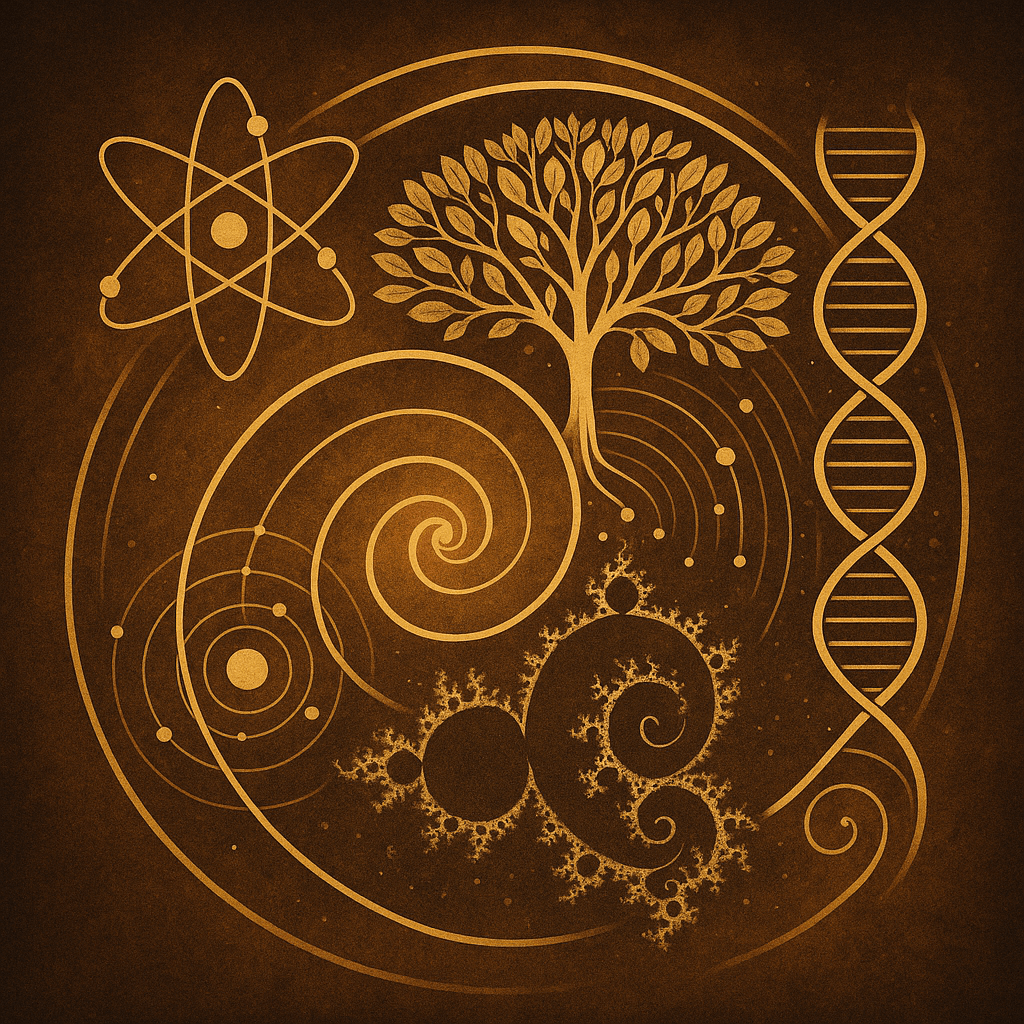
Begin Your Initiation Here… Candidate’s Introduction
